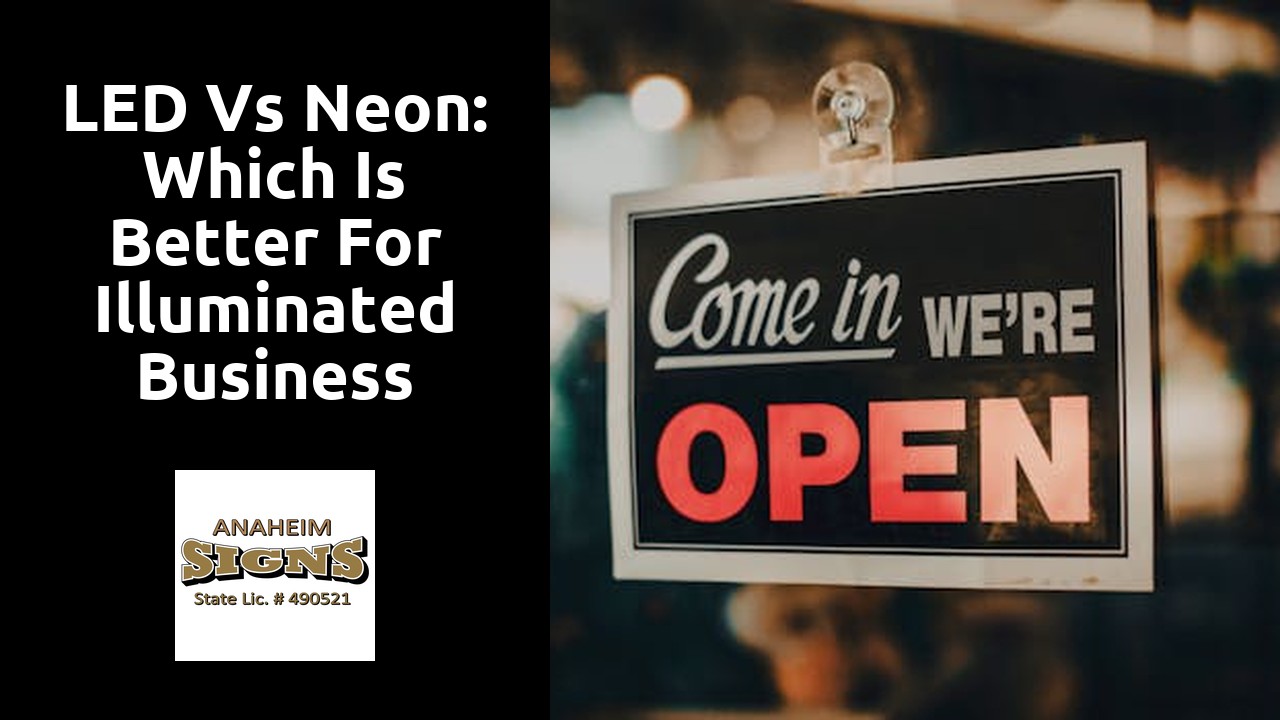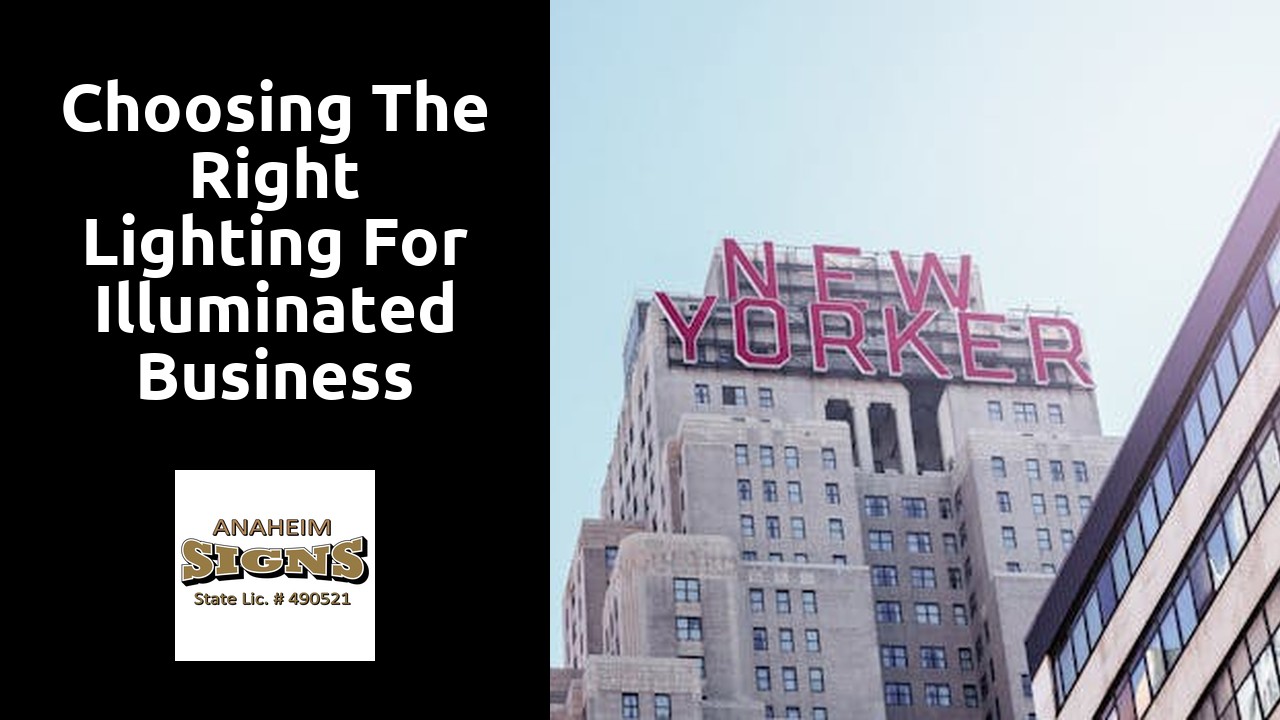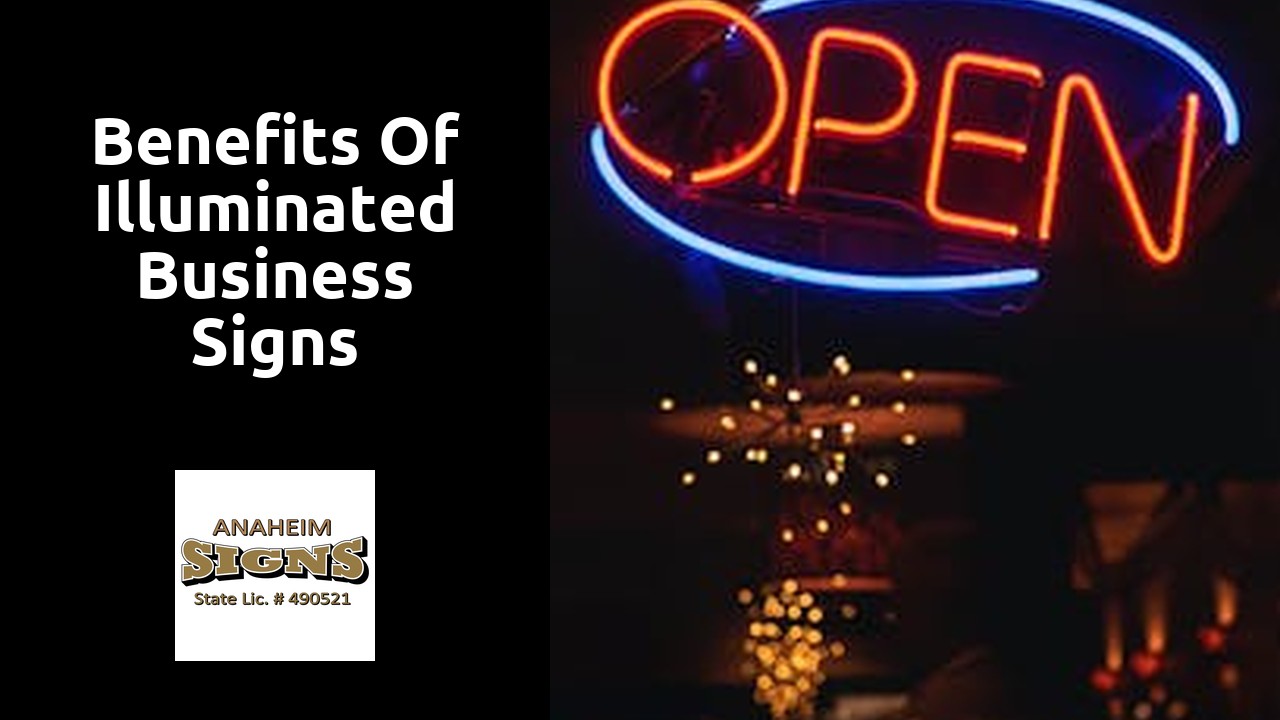Environmental Impact
When it comes to considering the environmental impact of LED and neon signs, there are important factors to take into account. LED signs are known to be more energy-efficient, consuming less power compared to neon signs. This efficiency not only reduces electricity costs for businesses but also contributes to lower overall energy consumption, making LED signs a more environmentally friendly option.

Additionally, LED signs have a longer lifespan than neon signs, resulting in fewer replacements and less waste being generated. Neon signs, on the other hand, contain hazardous materials such as mercury and argon gas, which can be harmful to the environment if not disposed of properly. Therefore, from an environmental perspective, LED signs are a more sustainable and responsible choice for businesses looking to minimize their carbon footprint.
EcoFriendliness and Disposal
When it comes to the eco-friendliness and disposal of LED and neon signs, there are clear distinctions between the two. LED signs are known to be more environmentally friendly due to their energy efficiency and lower power consumption. LEDs consume significantly less energy compared to neon signs, which translates to reduced carbon footprint and energy usage. Additionally, LEDs do not contain harmful gases or chemicals, making them a safer and more sustainable choice for illuminated business signs.
In terms of disposal, LED signs are again the more environmentally conscious option. LEDs are made of recyclable materials, such as metal and plastic, allowing for easier and more sustainable disposal methods. On the other hand, neon signs contain mercury, a toxic substance that requires specialized disposal procedures to prevent environmental contamination. The disposal process for neon signs is more complex and costly, making LED signs a more practical and eco-friendly choice in the long run.
Installation Process
When it comes to the installation process of LED and neon signs for businesses, there are notable differences to consider. LED signs are typically easier to install compared to neon signs. The installation process for LED signs involves positioning the sign, connecting the power source, and securing it in place. In contrast, neon signs require more intricate installation steps, including handling delicate glass tubes and precise bending to achieve the desired shapes and letters.
The simplicity of installing LED signs makes them a favorable choice for businesses looking for a quick and efficient signage solution. With LED signs, installation time is reduced, allowing businesses to have their signs up and running in a shorter period. On the other hand, the more complex installation process of neon signs requires a higher level of expertise and caution, which can result in longer installation times and potentially higher installation costs.
Complexity and Time Required
When considering the complexity and time required for installation, both LED and neon signs have their own pros and cons. LED signs are generally easier to install due to their lightweight design and simple wiring system. This makes the installation process quicker and more straightforward compared to neon signs, saving both time and labor costs for businesses.
On the other hand, neon signs tend to be more time-consuming to install due to their delicate glass tubes and intricate bending required to create the desired shapes and letters. The process of shaping the tubes and filling them with gas is meticulous and can be labor-intensive, adding to the overall installation time. Businesses opting for neon signs should be prepared for a longer installation process and potentially higher installation costs due to the craftsmanship involved.
Weather Resistance
When comparing LED and neon signs in terms of weather resistance, both have their strengths and weaknesses. LED signs are generally more durable in various weather conditions due to their solid-state construction. They are better equipped to withstand temperature changes, rain, and snow without experiencing damage to the lighting components. This makes them a reliable choice for businesses located in areas with extreme weather conditions.
On the other hand, neon signs may be more vulnerable to weather elements compared to LED signs. Neon tubes are more fragile and can be easily damaged by heavy rain, strong winds, or freezing temperatures. Their susceptibility to weather damage may result in more frequent maintenance or replacement costs for businesses that opt for neon signage. It is important for businesses to consider the climate of their location when choosing between LED and neon signs to ensure the longevity and effectiveness of their illuminated business signs.
Performance in Various Conditions
LED and neon signs both offer excellent performance in various conditions, yet there are some subtle differences between the two that businesses should consider. LED signs are known for their durability and ability to withstand different weather conditions ranging from extreme heat to freezing temperatures. This makes them a reliable choice for businesses located in diverse climates where consistency in performance is crucial for maintaining visibility and attracting customers.
On the other hand, neon signs are also capable of performing well in various conditions, but they may be more influenced by temperature changes. Extreme heat or cold can affect the brightness and longevity of neon signs, leading to potential maintenance issues over time. While neon signs can still be a viable option for businesses in moderate climates, LED signs may offer a more consistent performance and require less frequent maintenance, making them a practical choice for businesses looking for long-term reliability.
Related Links
Maintenance Tips for Illuminated Business Signs
Design Tips for Effective Illuminated Business Signs









